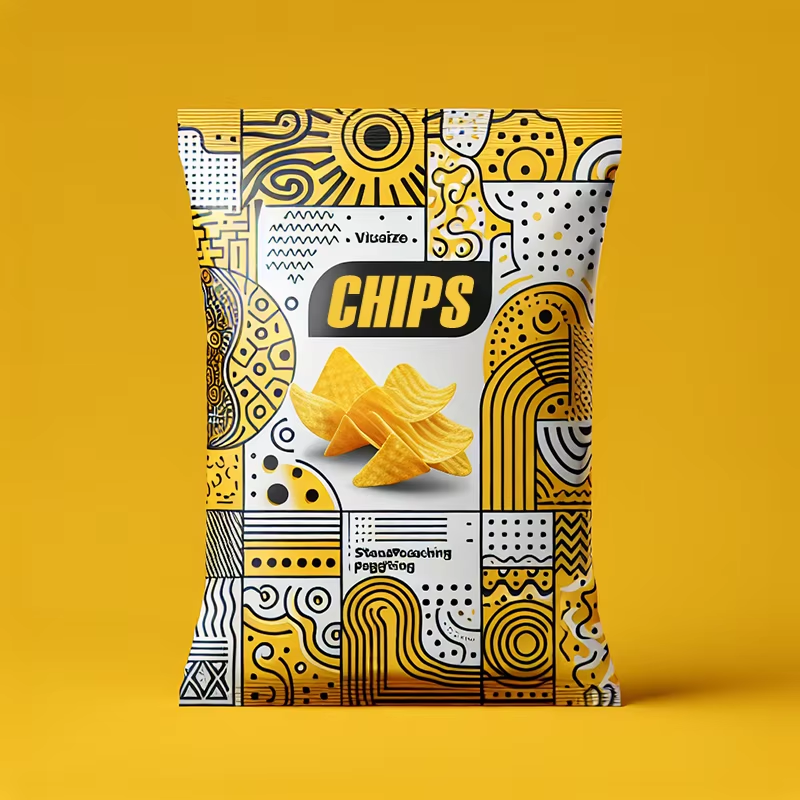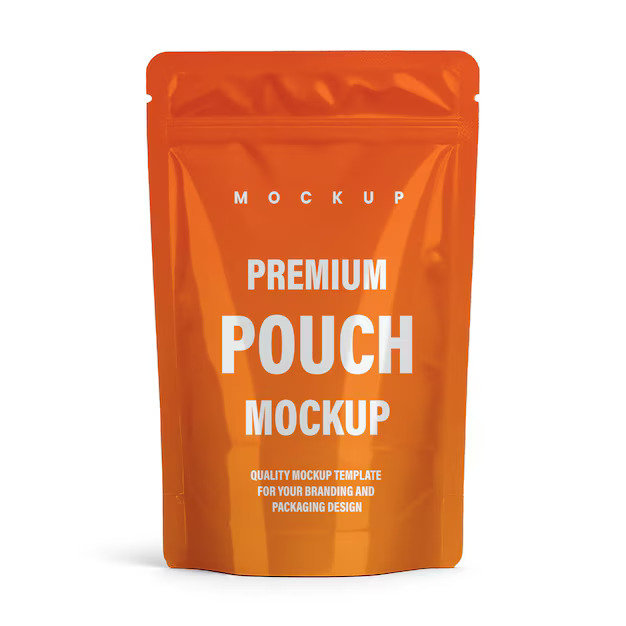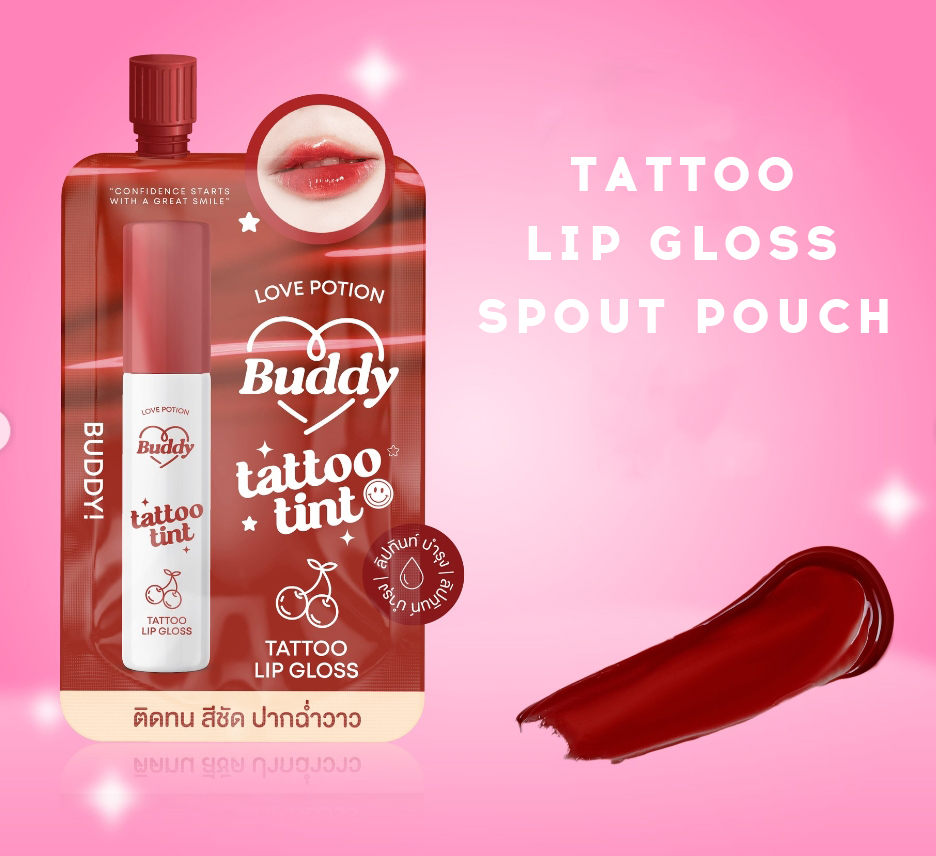Food packaging has undergone significant advancements in recent years, driven by consumer demands for convenience, sustainability, and efficient product presentation. The progression from simple packaging to intricate, multi-layered systems is evident in industries like snack foods, coffee, and other fast-moving consumer goods (FMCGs). One increasingly popular approach is the use of multiple layers of packaging, where the product is first packed in small individual pouches, then placed in a stand-up pouch as the outer packaging, and finally housed in display boxes for retail presentation. This method offers numerous advantages, from product protection and convenience to enhanced brand visibility and sustainability.
At the heart of this packaging model lies the individual pouch, which typically holds the product in its smallest, most direct-to-consumer form. These pouches are designed to offer convenience and portion control, catering to modern consumers' busy lifestyles and preference for ready-to-use or single-serving products. Whether it’s snack-sized packets of nuts, coffee beans, granola bars, or instant drink mixes, individual pouches serve as a practical solution.
Portion Control and Convenience: Small pouches provide perfect portion control, which is essential for products that may be consumed in single servings or for on-the-go snacks. Consumers appreciate packaging that allows them to grab a ready-to-use portion without needing to measure or divide the product themselves.
Extended Freshness: Keeping products in smaller, air-tight pouches helps retain their freshness for longer periods, especially when compared to larger packages that need to be resealed. For products like dried fruit, nuts, coffee beans, or tea leaves, freshness is a critical aspect of the overall experience.
Versatile Materials: These pouches can be made from various materials depending on the product's requirements. For perishable or moisture-sensitive items, multi-layered films are used to create barriers that protect against oxygen, light, and humidity. In contrast, simple paper or biodegradable materials may be used for less sensitive products, helping brands align with environmental sustainability goals.
Cost-Effective: Producing small pouches in bulk is often more cost-effective than larger, more complex packaging formats. Their lightweight nature also makes them cheaper to transport, reducing the carbon footprint associated with shipping.
Once the product has been individually packed, the next step is often to place several pouches into a larger, more durable stand-up pouch. This secondary layer of packaging serves several important purposes, including product protection, storage efficiency, and enhanced branding.
Sturdy and Protective: Stand-up pouches are designed to protect the small pouches inside from external damage during transportation and storage. Made from materials that can withstand punctures and pressure, these pouches ensure that the individual packs remain intact, maintaining the product’s quality.
Enhanced Branding Opportunities: While individual pouches often carry minimal branding due to their size, the larger stand-up pouch offers more real estate for design and brand messaging. Companies can print vibrant, eye-catching designs and information on these pouches, which helps create a strong shelf presence in retail environments. Stand-up pouches can feature logos, product descriptions, nutritional information, and even QR codes leading to promotions or further product information.
Resealability and Functionality: Many stand-up pouches come with resealable zippers, which provide added functionality for consumers who may want to use the product over time. For example, after opening the outer pouch, the remaining individual packs can be kept fresh within the resealable packaging, contributing to consumer satisfaction and reducing waste.
Eco-Friendly Materials: In line with growing sustainability trends, many manufacturers now use eco-friendly or recyclable materials for stand-up pouches. These pouches can be made from recycled plastics, biodegradable films, or compostable materials, reducing the environmental impact of packaging while still maintaining product integrity.
Efficient Storage: Stand-up pouches are designed for both product protection and efficient storage. They can be compactly stacked or placed upright, maximizing retail shelf space while minimizing storage requirements in warehouses or at the consumer’s home.
The final step in this multi-layered packaging process is placing the stand-up pouches into a display box, which acts as the outermost packaging designed specifically for retail environments. Display boxes, often seen on store shelves or countertops, are instrumental in presenting the product in an appealing, easy-to-access format.
Brand Visibility and Marketing: Display boxes allow brands to create a powerful visual impact at the point of sale. With more space for branding, marketing messages, and design, these boxes serve as silent salesmen, catching consumers' eyes as they browse the store. Display boxes can showcase the product's key selling points, such as health benefits, taste, or eco-friendliness, while reinforcing brand identity.
Easy Product Access: Display boxes are designed to present the product in an accessible manner. For example, a box might be cut open in a way that allows consumers to easily reach in and grab an individual pouch. This enhances the consumer experience, making it easy for them to select the product, and it reduces the time spent searching for items in crowded store aisles.
Efficient Merchandising: Retailers benefit from display boxes because they make restocking and organizing store shelves easier. Instead of placing individual pouches or bags on shelves, retailers can simply put a full display box in a prominent location. This not only saves time but also helps ensure the product is well-organized and presented neatly to customers.
Protection During Shipping: Similar to stand-up pouches, display boxes add another layer of protection during transportation. Products often undergo rough handling during shipment, and display boxes help keep the inner packaging intact while preventing crushing or damage to the items inside.
Sustainability Considerations: As with stand-up pouches, many brands are moving towards eco-friendly materials for their display boxes. Cardboard and recycled paperboard are commonly used, offering durability while maintaining environmental responsibility. Additionally, display boxes can be designed to be flat-packed before assembly, reducing the space required for shipping and storage, and ultimately lowering transportation emissions.
The combination of small individual pouches, stand-up pouches, and display boxes creates a highly effective, multi-layered packaging system that caters to modern consumer demands while addressing retailer and manufacturer needs.
Consumer Appeal: This packaging format appeals to consumers by offering convenience, easy access, and portion control. It also provides added protection to ensure that the product reaches the consumer in optimal condition.
Retailer Advantages: For retailers, this method streamlines the stocking process and creates attractive product displays that maximize shelf space. It also reduces product damage during transit and allows for efficient inventory management.
Brand Differentiation: From a marketing standpoint, the additional layers of packaging provide brands with multiple opportunities to convey their message, stand out from competitors, and connect with consumers. Whether it’s through minimalist design, eco-friendly claims, or bold colors, these layers help brands build recognition and loyalty.
Sustainability: As the demand for environmentally friendly packaging grows, companies are exploring innovative ways to reduce the environmental impact of their packaging. By using recyclable or biodegradable materials at each packaging layer, brands can align with consumers' sustainability expectations.
Food packaging is no longer a simple, one-layered affair. As the industry evolves, manufacturers are adopting more sophisticated multi-layered packaging strategies to meet the diverse needs of consumers, retailers, and sustainability goals. By utilizing individual pouches, stand-up pouches, and display boxes, brands can offer convenience, protect their products, enhance their visibility, and reduce their environmental footprint. This multi-layered approach not only improves the consumer experience but also contributes to the growing importance of sustainability in modern packaging design.
 Sustainable Shift: The Rise of Biodegradable Packaging Materials in the Food Industry
Sustainable Shift: The Rise of Biodegradable Packaging Materials in the Food Industry
 The Impact of Modified Atmosphere Packaging on Food Preservation
The Impact of Modified Atmosphere Packaging on Food Preservation
 Unveiling the Advantages of Tattoo Tint Packaging: A Perfect Blend of Sustainability, Style, and Functionality
Unveiling the Advantages of Tattoo Tint Packaging: A Perfect Blend of Sustainability, Style, and Functionality
 2024 Trends in Sustainable Food Packaging: Embracing Eco-Friendly Materials and Innovations
2024 Trends in Sustainable Food Packaging: Embracing Eco-Friendly Materials and Innovations